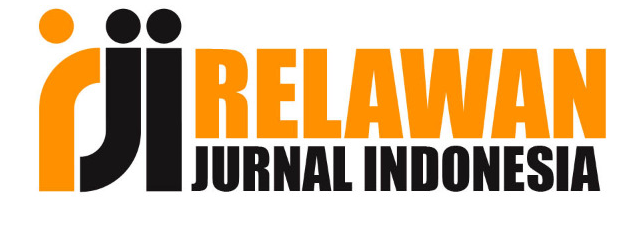Bibliometric Analysis: Development of Scientific Publications on "Islamic Education" Based on Titles in the Scopus Database 1980-2023
Abstract
Keywords
References
Achmadi. (2005). Ideologi Pendidikan Islam. Pustaka Pelajar.
Anwar, K. (2018). Pendidikan Islam Kontemporer: Antara Konsepsi Dan Aplikasi. Universitas Islam Negeri Raden Intan Lampung.
Aria, M., & Cuccurullo, C. (2017). bibliometrix: An R-tool for comprehensive science mapping analysis. Journal of Informetrics, 11(4), 959–975. https://doi.org/10.1016/j.joi.2017.08.007
Bellis, N. De. (2009). Bibliometrics and Citation Analysis “From the Science Citation Index to Cybermetrics.†Scarecrow Press.
Borchardt, R. C. R. and R. (2015). Meaningful metrics : a 21st century librarian’s guide to bibliometrics, altmetrics, and research impact. American Library Association.
Busro, B., Mailana, A., & Sarifudin, A. (2021). Pendidikan Islam dalam Publikasi Internasional: Analisis Bibliometrik pada Database Scopus. Edukasi Islami: Jurnal Pendidikan Islam, 10(01), 413–426. http://jurnal.staialhidayahbogor.ac.id/index.php/ei/article/view/1591/800
Cobo, M. J., López-Herrera, A. G., Herrera-Viedma, E., & Herrera, F. (2011). Science mapping software tools: Review, analysis, and cooperative study among tools. Journal of the American Society for Information Science and Technology, 62(7), 1382–1402.
Crane, D. (1972). Invisible colleges: Diffusion of knowledge in scientific communities.
Donthu, N., Kumar, S., Mukherjee, D., Pandey, N., & Lim, W. M. (2021). How to conduct a bibliometric analysis: An overview and guidelines. Journal of Business Research, 133, 285–296.
Farida, N. (2020). Analisis bibliometrik berdasarkan pendekatan Co-word: Kecenderungan penelitian bidang kearsipan pada Jurnal Khazanah dan Journal of Archive and Record tahun 2016--2019. Khazanah: Jurnal Pengembangan Kearsipan, 13(2), 91–109.
Jannah, M. (2022). Bibliometric Analysis of Islamic Education Research Development in Scopus International Database Publications 2018-2022. Shahih : Journal Of Islamicate Multidisciplinary, 7(2), 154.
Leong, Y. R., Tajudeen, F. P., & Yeong, W. C. (2021). Bibliometric and content analysis of the internet of things research: a social science perspective. Online Information Review, 45(6), 1148–1166.
Misra, G., Kumar, V., Agarwal, A., & Agarwal, K. (2016). Internet of things (iot)--a technological analysis and survey on vision, concepts, challenges, innovation directions, technologies, and applications (an upcoming or future generation computer communication system technology). American Journal of Electrical and Electronic Engineering, 4(1), 23–32.
Qiu, J., Zhao, R., Yang, S., & Dong, K. (2017). Informetrics: theory, methods and applications. Springer.
Sari, M. P., Raharja, S., & Yuyetta, E. N. A. (2022). ANALISIS BIBLIOMETRIK: SUSTAINABILITY IN HIGHER EDUCATION INSTITUTIONS (HEIs). Inovasi Ekonomi, 1, 1–22.
Shapiro, F. R. (2016). All use subject to http://about.jstor.org/terms. 57(10), 2197–2215.
Todeschini, R., & Baccini, A. (2016). Handbook of Bibliometric Indicators. Handbook of Bibliometric Indicators, 15–33. https://doi.org/10.1002/9783527681969
DOI: 10.28944/maharot.v7i1.1078
Refbacks
- There are currently no refbacks.

This work is licensed under a Creative Commons Attribution-NonCommercial-ShareAlike 4.0 International License.






